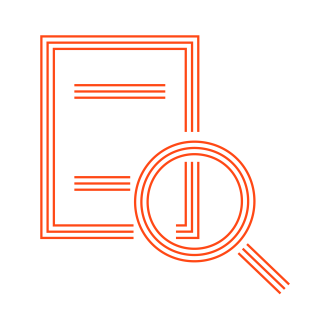Wildlife health surveillance: gaps, needs and opportunities
Disease emergence represents a global threat for public health, economy, and biological conservation, most of the emerging zoonotic diseases have an animal origin of which the majority of these are from wildlife. To prevent their spread and to support the implementation of control measures, disease surveillance and reporting systems are needed, and due to globalisation, these activities should be carried out at the global level. To define the main gaps effecting the performances of wildlife health surveillance and reporting systems globally, we analysed data from a questionnaire sent to National Focal Points of the World Organisation for Animal Health that inquired on structure and limits of wildlife surveillance and reporting systems in their territories. The response from 103 Members, covering all world areas, showed that 54.4% of them have a wildlife disease surveillance programme and 66% implemented a strategy to manage disease spread. The lack of dedicated budget affected the possibility of outbreak investigations, sampling collection, and diagnostic testing. Although most Members maintain records relating to wildlife mortality or morbidity events in centralised databases, data analyses and disease risk assessment are reported as priority needs. Our evaluation of surveillance capacity showed an overall low level with marked variability between Members that was not restricted to specific geographical area. Increased wildlife disease surveillance globally would help in understanding and managing risks to animal and public health. Moreover, consideration of the influence of socio-economic, cultural, and biodiversity aspects could improve disease surveillance under a One Health approach.

